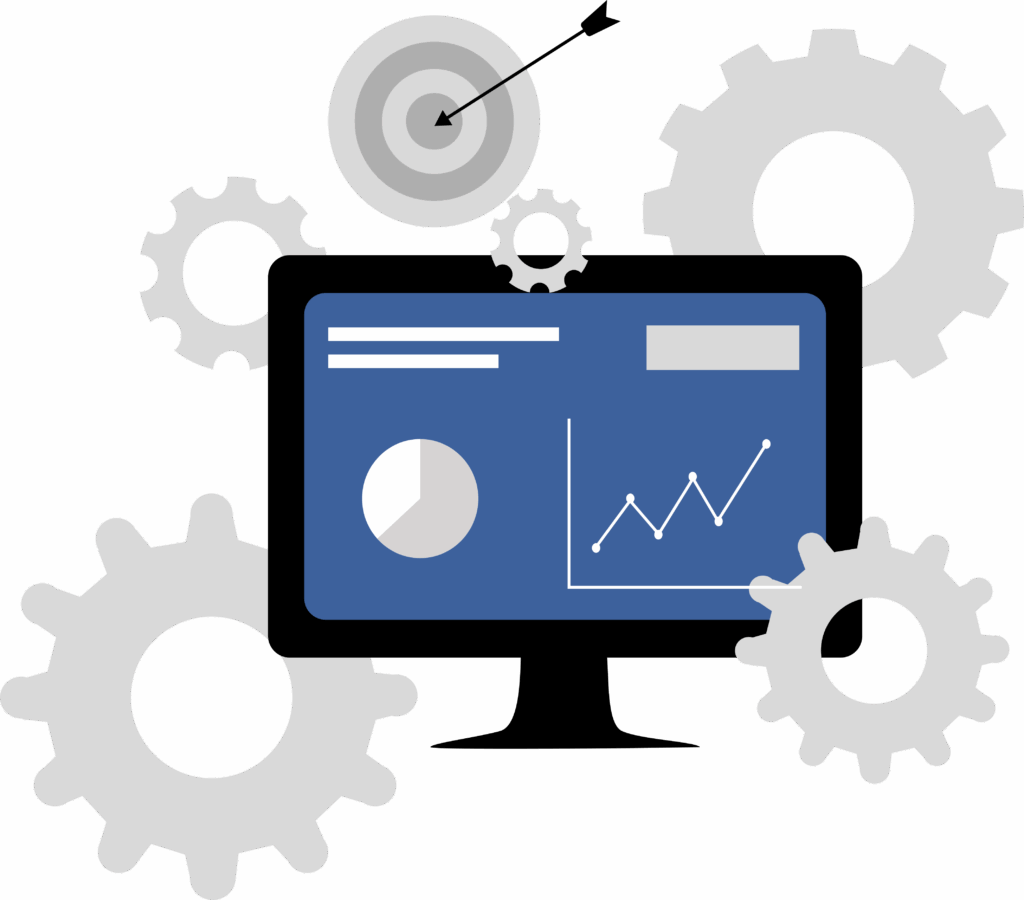Defining Portal Software
At its core, portal software is a web-based application designed to aggregate information from various sources into a single, unified interface. Think of it as a digital hub that brings together diverse content, applications, and services, presenting them to users in a tailored and user-friendly manner. Instead of navigating multiple disparate systems, users can access everything they need through one central point – the portal.
Portal software goes beyond simply displaying links. It often incorporates features such as:
- Personalization: Users can customize the layout, content, and applications they see based on their roles, preferences, and needs.
- Single Sign-On (SSO): Users can log in once and gain access to multiple integrated applications and services without needing to re-authenticate.
- Role-Based Access Control: Different users or groups see information and functionalities relevant to their specific roles and permissions.
- Content Management: Tools for creating, managing, and publishing various types of content within the portal.
- Application Integration: The ability to seamlessly integrate with existing enterprise applications, such as CRM, ERP, and HR systems.
- Workflow Automation: Some portal software includes features to automate business processes and streamline tasks.
- Search Functionality: Robust search capabilities to quickly locate information across all integrated sources.
- Collaboration Tools: Features like forums, chat, and document sharing to facilitate communication and teamwork.
Essentially, portal software aims to simplify the user experience by providing a cohesive and organized digital environment.
Why is it Important?
The benefits of implementing portal software are numerous and can significantly impact an organization’s efficiency and productivity:
- Enhanced User Experience: Provides a convenient and intuitive way for users to access the information and tools they need, leading to increased satisfaction and adoption.
- Improved Productivity: By centralizing resources and streamlining access, organizations can reduce the time users spend searching for information and switching between applications.
- Better Communication and Collaboration: Facilitates communication and teamwork through integrated collaboration tools and information sharing.
- Increased Efficiency: Automation of workflows and streamlined access to applications can lead to significant efficiency gains across the organization.
- Enhanced Security: Centralized access control and single sign-on can improve security and reduce the risk of unauthorized access.
- Data-Driven Insights: Some portal software offers analytics and reporting capabilities, providing valuable insights into user behavior and content effectiveness.
Who Uses Portal Software?
The versatility of portal software means it can be adopted by various types of organizations and cater to different audiences, including:
- Employees: Employee portals provide access to internal resources, HR information, company news, and tools for daily tasks.
- Customers: Customer portals offer self-service options, order tracking, knowledge bases, and communication channels.
- Partners and Vendors: Partner portals facilitate collaboration, information sharing, and streamlined business processes.
- Students and Educators: Educational portals provide access to course materials, grades, communication tools, and administrative resources.
In conclusion, portal software serves as a powerful tool for organizations looking to enhance user experience, improve efficiency, and streamline access to critical information and applications.

